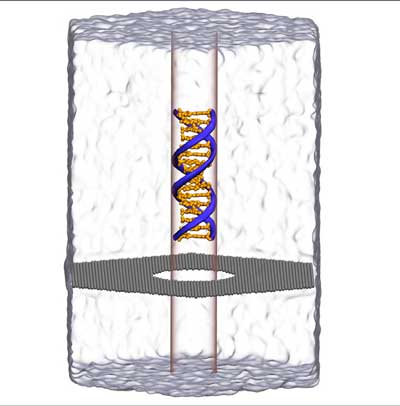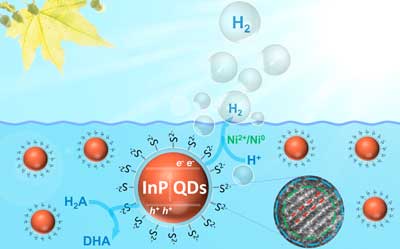
Monday, October 1, 2018
Simulations show new phenomenon with nanopore DNA sequencing
Coming soon to exascale computing: Software for chemistry of catalysis

Red glow helps identify nanoparticles for delivering RNA therapies

3-D bioprinting of living structures with built-in chemical sensors

Nanoparticles show promise in therapy for triple-negative breast cancer

Keeping our cells stable: A closer look at microtubules

Chemists develop highly porous material, more precious than diamonds

Eco-friendly nanoparticles for artificial photosynthesis

Subscribe to:
Comments (Atom)
